Understanding the official **oche regulations** is key to playing darts fairly and accurately; essentially, it’s knowing where you need to stand. This article provides **oche regulations explained clearly**, along with vital information on measuring, setup, and common rule interpretations to help you improve your game and avoid disputes.
⚠️ Still Using Pen & Paper (or a Chalkboard)?! ⚠️
Step into the future! The Dart Counter App handles all the scoring, suggests checkouts, and tracks your stats automatically. It's easier than you think!
Try the Smart Dart Counter App FREE!Ready for an upgrade? Click above!
Oche Regulations Explained Clearly: Setting the Stage for Fair Play
The **oche**, also known as the toe line or throwing line, is the foundation of any darts game. Getting the **oche regulations explained clearly** is crucial because it ensures a level playing field for all participants. Without a properly positioned oche, the game becomes inherently unfair. This section will explore the official measurements, the ‘why’ behind these regulations, and what to do if your playing area presents challenges.
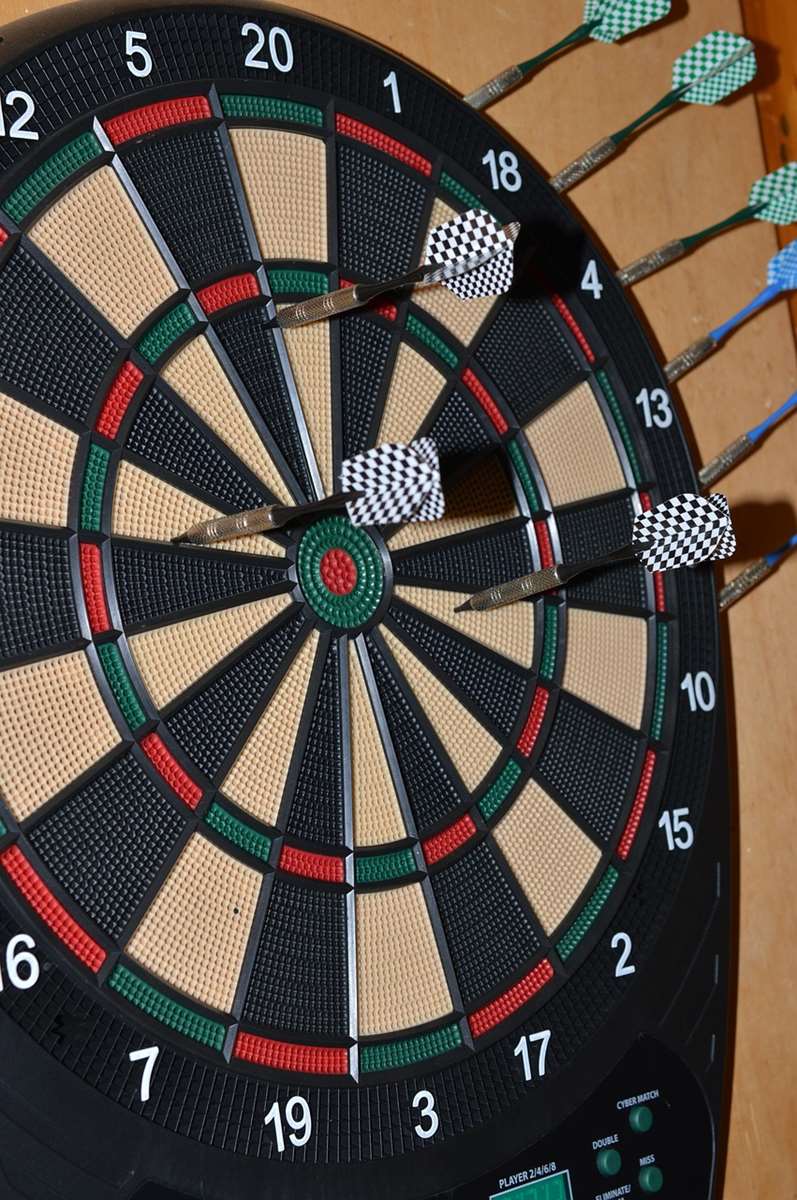
Official Measurements: Height and Distance
The official height of the dartboard, measured from the floor to the center of the bullseye, is **5 feet 8 inches (1.73 meters)**. This is a standard requirement in all official darts competitions. The horizontal distance from the face of the dartboard (specifically, the bullseye) to the **oche** is **7 feet 9.25 inches (2.37 meters)**. It’s important to emphasize that this measurement is from the *face* of the board, not the wall behind it. These measurements are precisely set to standardize the game. You can learn Basic Darts Fundamentals for Beginners for additional information about setup and gear.
Practical Tips for Accurate Measurement
- Use a Steel Tape Measure: Cloth measuring tapes can stretch and provide inaccurate readings.
- Double-Check: Always measure twice (or even three times!) to minimize errors.
- Consider the Board Thickness: Remember to start your distance measurement from the *face* of the dartboard.
- Mark the Oche Clearly: Use tape or a raised piece of wood to create a clearly visible oche line.
Dealing with Uneven Floors
What if your floor isn’t perfectly level? If you notice a significant slope, it’s important to compensate. Measure the height of the board from the floor at both the left and right sides. If there’s a difference, consider shimming the dartboard bracket to achieve a true vertical alignment. As for the horizontal distance, measure from the bullseye to the *projected* oche line on the floor. This ensures you’re maintaining the correct distance relative to the plane of the dartboard.
Oche Positioning: Stance and Foot Placement
Now that we have **oche regulations explained clearly** regarding the measurements, let’s discuss stance and foot placement. While the distance is fixed, your stance is more personal. However, there are rules concerning where you can stand.
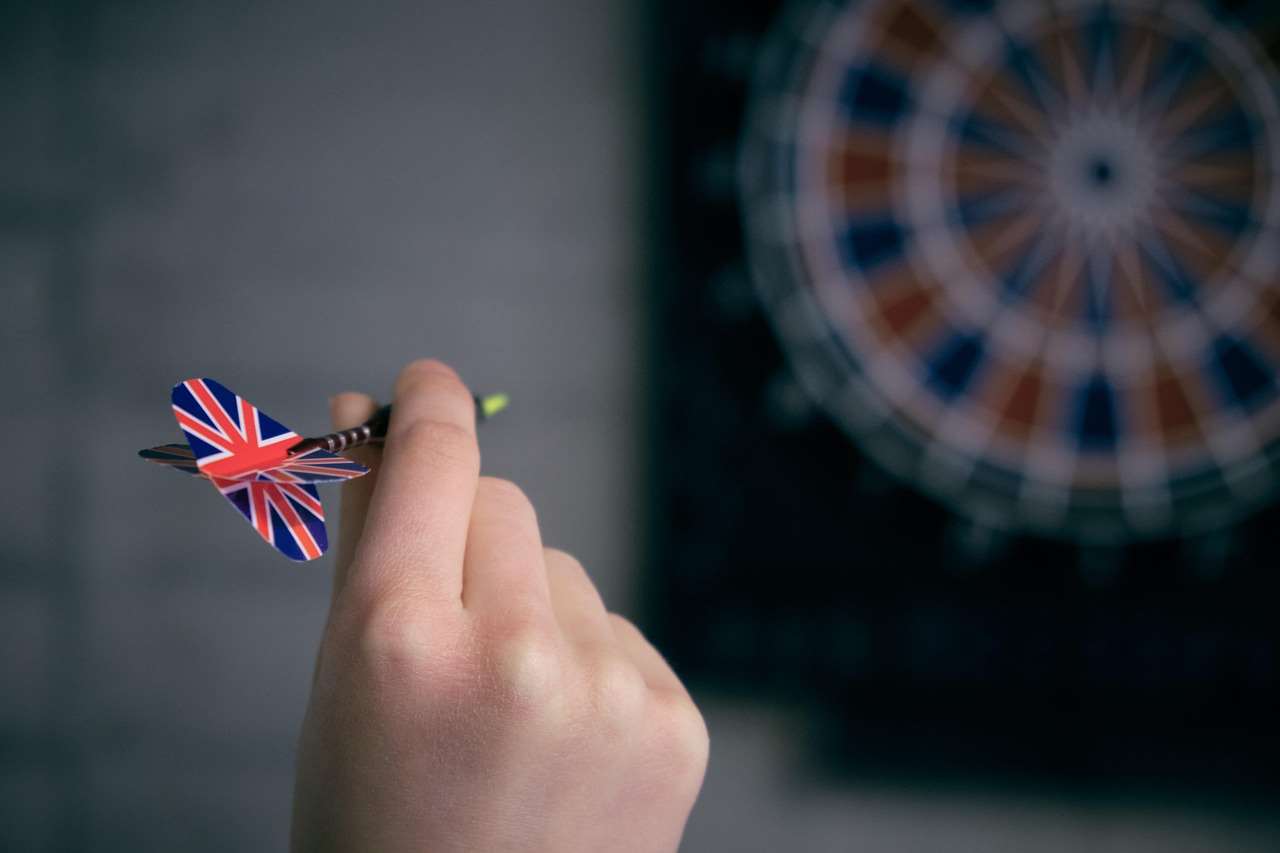
The Foot Fault Line
Players must stand behind the **oche** when throwing. It’s permissible to lean forward, and your feet can even extend *over* the **oche**, but no part of your foot can touch the oche line or go beyond it towards the dartboard. This is a crucial rule to avoid any unfair advantage. Think of the oche as a vertical plane; you can’t break that plane with your foot.
Finding Your Optimal Stance
Most players adopt a stance with one foot forward and the other slightly behind for balance. Experiment to find what feels most comfortable and allows you to maintain a consistent throwing motion. Common stances include:
- Parallel Stance: Both feet roughly parallel to the oche.
- Angled Stance: One foot forward, angled towards the board.
- Side-On Stance: Standing perpendicular to the oche.
There’s no right or wrong answer; it’s all about what works best for your individual style. You may need to consider adapting darts rules for small spaces: tips and tricks.
Maintaining Consistency
Regardless of your chosen stance, the key is **consistency**. Once you find a stance that feels natural, stick with it. Avoid constantly shifting your position, as this can negatively impact your accuracy. Practice your throw from that consistent stance repeatedly.
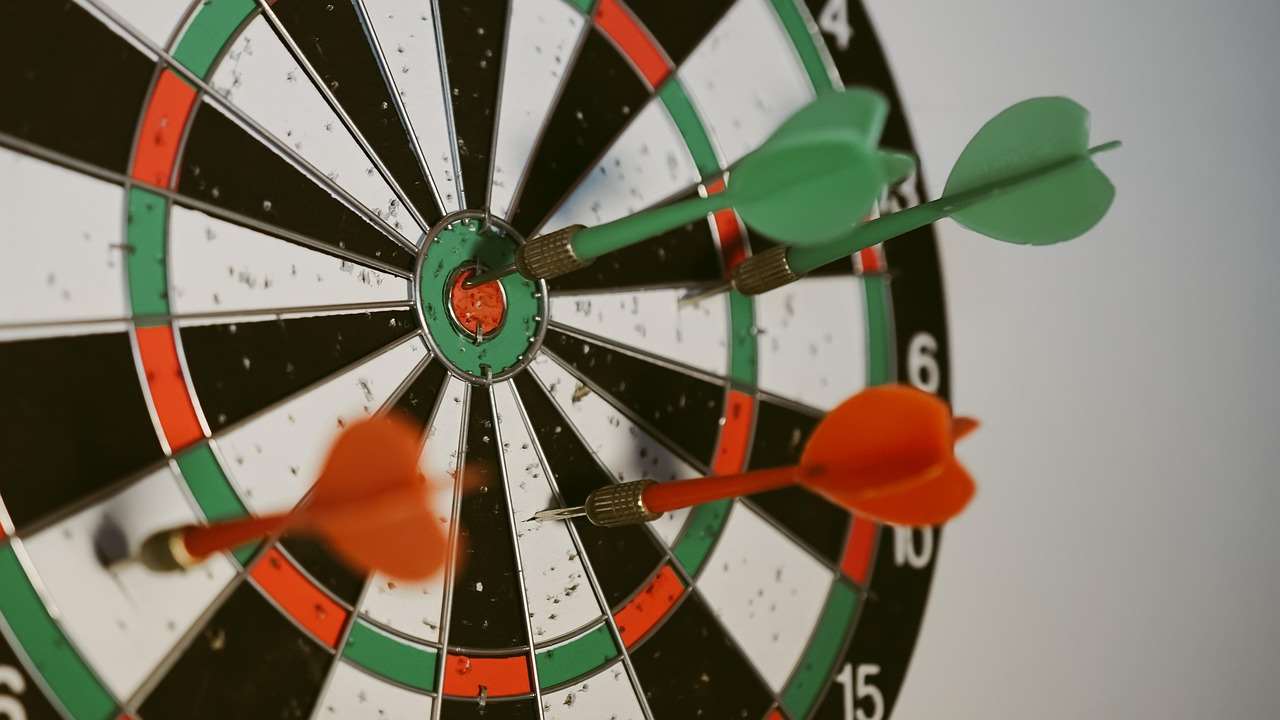
Enforcement of Oche Regulations: What Happens if Someone Cheats?
Even with **oche regulations explained clearly**, disagreements can arise. How are these rules enforced, and what happens if a player violates them?
Informal Games
In casual games, enforcement usually relies on the players themselves. If you suspect a player is consistently stepping over the **oche**, politely point it out. Honesty and fair play are paramount. A good solution could be alternative darts rules for home play. If a player consistently refuses to adhere to the regulations, consider ending the game to avoid further disputes.
League Play and Tournaments
In more formal settings, such as league matches or tournaments, there are usually designated officials or referees. These individuals are responsible for ensuring that all players abide by the rules, including the **oche regulations**. If a player is caught repeatedly stepping over the **oche**, they may receive a warning or even face disqualification. The exact penalties will vary depending on the specific rules of the league or tournament.
The Importance of Sportsmanship
Ultimately, darts is a game of skill and sportsmanship. While winning is important, it should never come at the expense of fair play. By understanding and respecting the **oche regulations**, you contribute to a positive and enjoyable experience for everyone involved.
Beyond the Basics: Advanced Oche Considerations
Having the basic **oche regulations explained clearly** is vital, but there’s more to consider for serious players.
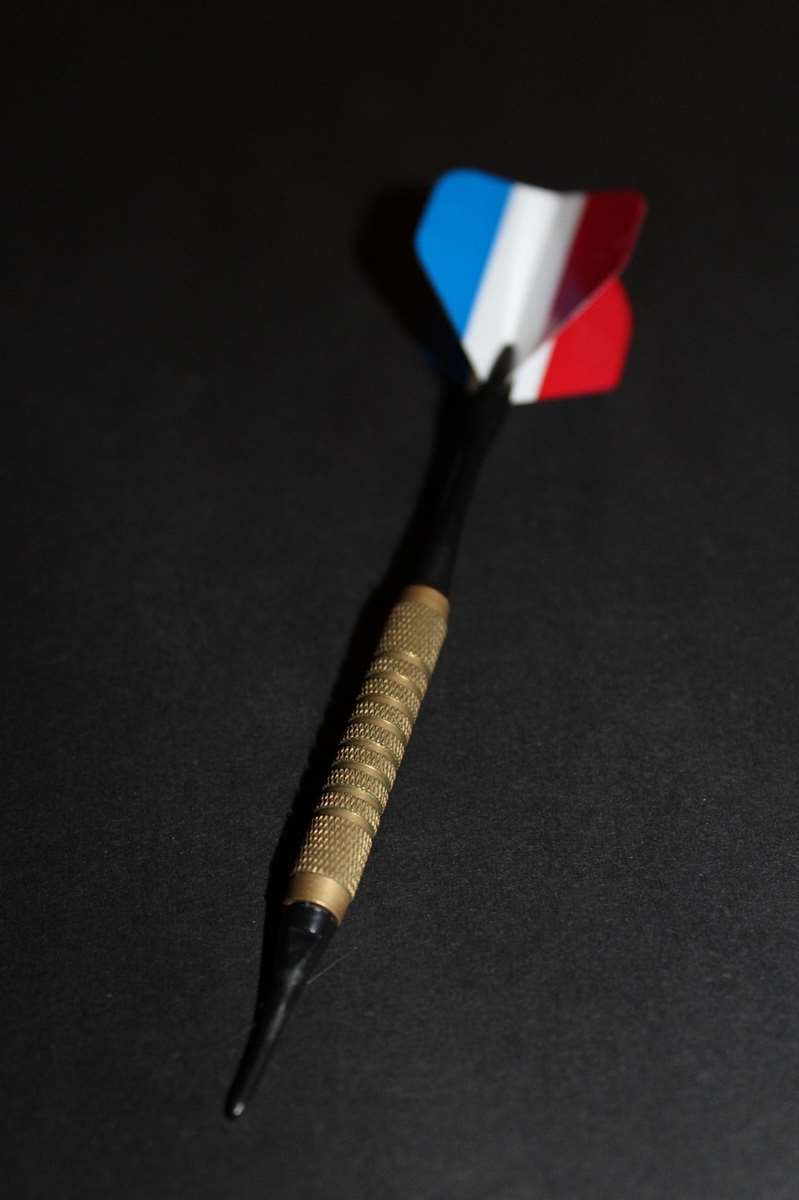
Oche Materials and Construction
While a simple line of tape can serve as an **oche**, more permanent solutions exist. Raised oches made of wood, metal, or rubber provide a tactile barrier, making it easier to maintain your position. Some players even prefer oches with a slight incline, which can aid in balance.
Personalizing Your Oche Setup
Consider adding visual cues to your **oche** area. This could include markings on the floor to indicate your preferred foot placement or even a small rug to provide additional grip. Anything that helps you maintain consistency is beneficial.
Oche Placement and Throwing Style
Some players find that slightly adjusting their **oche** position (moving a few inches to the left or right) can improve their aim. This is perfectly acceptable as long as you remain within the bounds of the official regulations. Experiment with different positions to see what feels most natural and yields the best results.
Common Misconceptions About Oche Regulations
Even with comprehensive explanations, misunderstandings about **oche regulations** can still occur. Let’s debunk some common myths.
Myth #1: You Must Keep Both Feet Behind the Oche
This is incorrect. Only the *leading* foot needs to be behind the **oche** at the point of release. You can lean forward and extend your trailing foot as needed, as long as no part of your leading foot crosses the line. Check into adapting darts rules for beginners to simplify the sport as much as possible!
Myth #2: The Oche Must Be a Solid Line
While a solid line is preferred, it’s not strictly required. The **oche** can also be defined by two parallel lines or even a series of markers, as long as the intended throwing distance is clearly indicated.
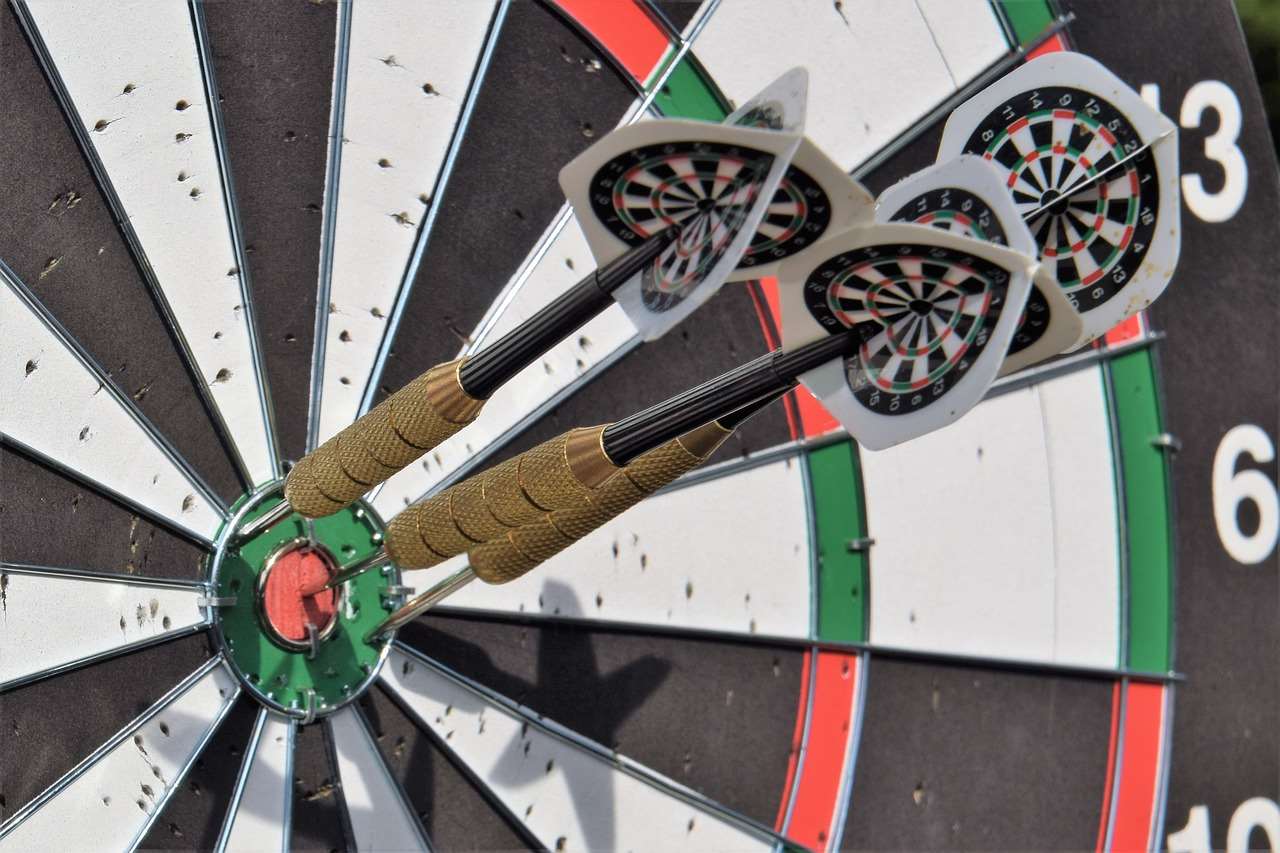
Myth #3: Tournament Oches Are Always Perfectly Level
While tournament organizers strive for perfection, slight imperfections can sometimes exist, especially in older venues. If you encounter an uneven floor, politely bring it to the attention of the tournament officials. They may be able to make adjustments to ensure fair play.
Conclusion: Mastering the Oche for Darts Success
Understanding and adhering to **oche regulations** is paramount for fair and accurate darts play. We have provided **oche regulations explained clearly** in this article, covering everything from official measurements to stance considerations and common misconceptions. By following these guidelines, you’ll ensure a level playing field and enhance your overall darts experience. Now that you’re armed with this knowledge, grab your darts, set up your oche correctly, and start practicing! Strive for consistency, maintain good sportsmanship, and you’ll be well on your way to becoming a more skilled and confident darts player. Take the next step in mastering the game—find a local dart league or challenge your friends to a friendly competition and put your newfound knowledge into practice!
Hi, I’m Dieter, and I created Dartcounter (Dartcounterapp.com). My motivation wasn’t being a darts expert – quite the opposite! When I first started playing, I loved the game but found keeping accurate scores and tracking stats difficult and distracting.
I figured I couldn’t be the only one struggling with this. So, I decided to build a solution: an easy-to-use application that everyone, no matter their experience level, could use to manage scoring effortlessly.
My goal for Dartcounter was simple: let the app handle the numbers – the scoring, the averages, the stats, even checkout suggestions – so players could focus purely on their throw and enjoying the game. It began as a way to solve my own beginner’s problem, and I’m thrilled it has grown into a helpful tool for the wider darts community.